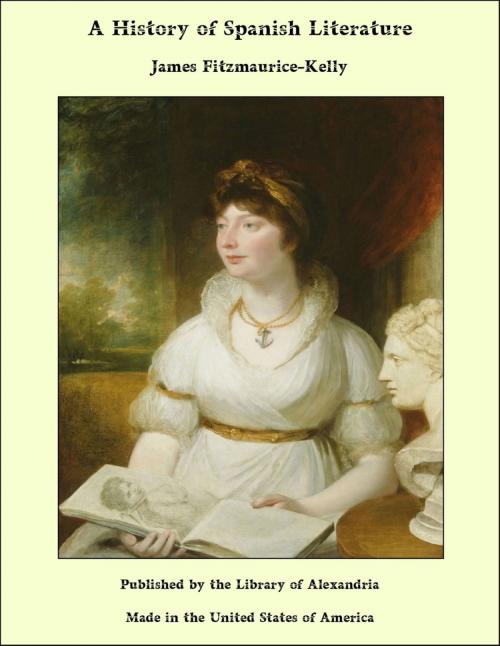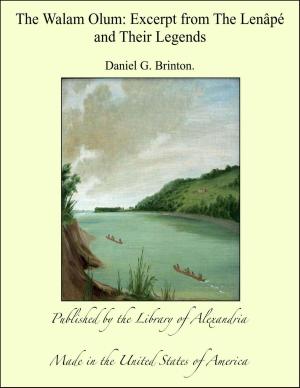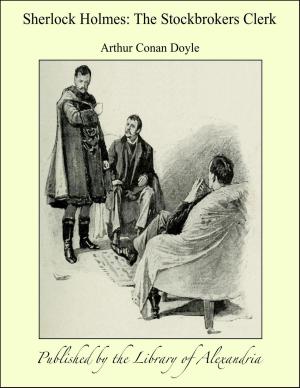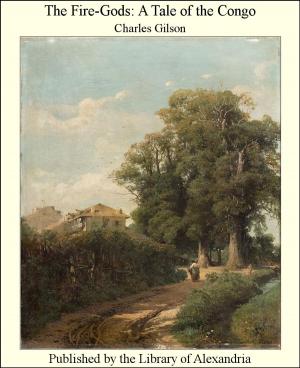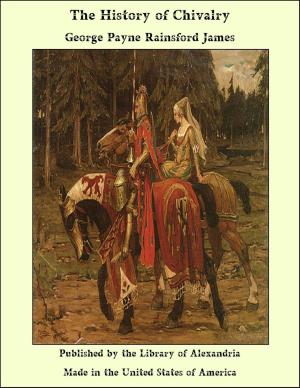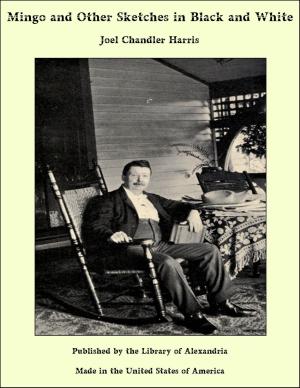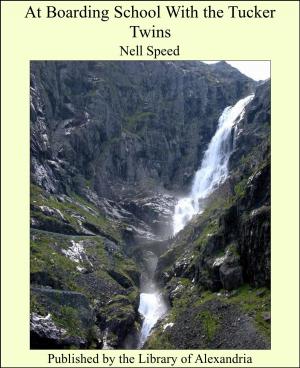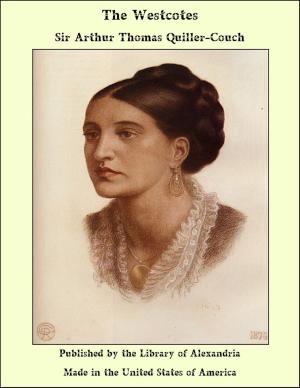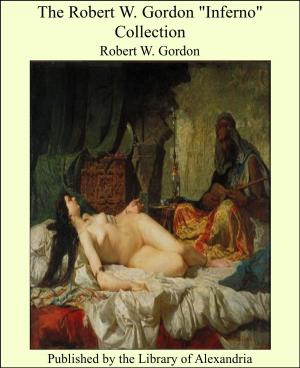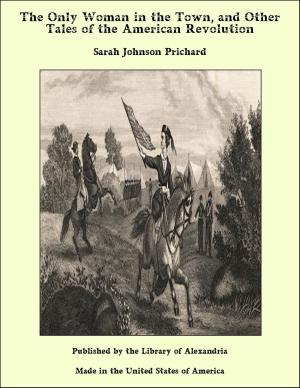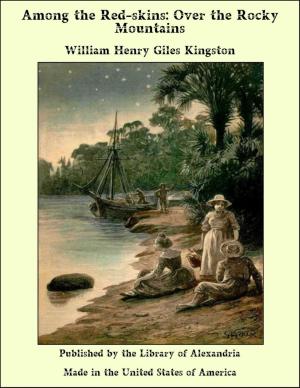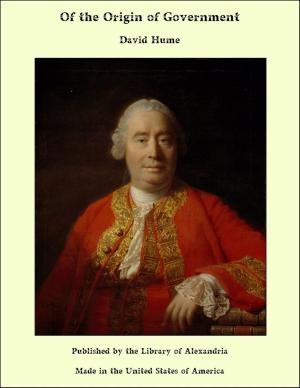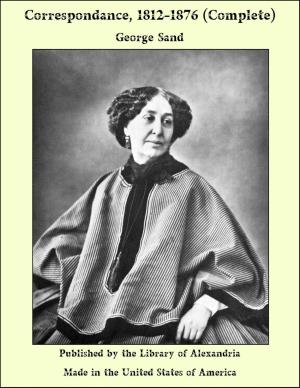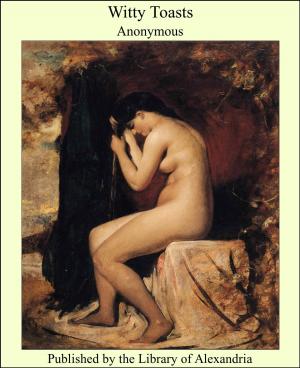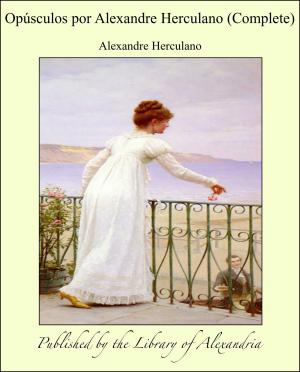A History of Spanish Literature
Nonfiction, Religion & Spirituality, New Age, History, Fiction & Literature| Author: | James Fitzmaurice-Kelly | ISBN: | 9781465617507 |
| Publisher: | Library of Alexandria | Publication: | March 8, 2015 |
| Imprint: | Language: | English |
| Author: | James Fitzmaurice-Kelly |
| ISBN: | 9781465617507 |
| Publisher: | Library of Alexandria |
| Publication: | March 8, 2015 |
| Imprint: | |
| Language: | English |
The most ancient monuments of Castilian literature can be referred to no time later than the twelfth century, and they have been dated earlier with some plausibility. As with men of Spanish stock, so with their letters: the national idiosyncrasy is emphatic—almost violent. French literature is certainly more exquisite, more brilliant; English is loftier and more varied; but in the capital qualities of originality, force, truth, and humour, the Castilian finds no superior. The Basques, who have survived innumerable onsets (among them, the ridicule of Rabelais and the irony of Cervantes), are held by some to be representatives of the Stone-age folk who peopled the east, north-east, and south of Spain. This notion is based mainly upon the fact that all true Basque names for cutting instruments are derived from the word aitz (flint). Howbeit, the Basques vaunt no literary history in the true sense. The Leloaren Cantua (Song of Lelo) has been accepted as a contemporary hymn written in celebration of a Basque triumph over Augustus. Its date is uncertain, and its refrain of "Lelo" seems a distorted reminiscence of the Arabic catchword Lā ilāh illā 'llāh; but the Leloaren Cantua is assuredly no older than the sixteenth century. A second performance in this sort is the Altobiskarko Cantua (Song of Altobiskar). Altobiskar is a hill near Roncesvalles, where the Basques are said to have defeated Charlemagne; and the song commemorates the victory. Written in a rhythm without fellow in the Basque metres, it contains names like Roland and Ganelon, which are in themselves proofs of French origin; but, as it has been widely received as genuine, the facts concerning it must be told. First written in French (circa 1833) by François Eugène Garay de Monglave, it was translated into very indifferent Basque by a native of Espelette named Louis Duhalde, then a student in Paris. The too-renowned Altobiskarko Cantua is therefore a simple hoax: one might as well attribute Rule Britannia to Boadicea. The conquerors of Roncesvalles wrote no triumphing song: three centuries later the losers immortalised their own overthrow in theChanson de Roland, where the disaster is credited to the Arabs, and the Basques are merely mentioned by the way. Early in the twelfth century there was written a Latin Chronicle ascribed to Archbishop Turpin, an historical personage who ruled the see of Rheims some two hundred years before his false Chronicle was written. The opening chapters of this fictitious history are probably due to an anonymous Spanish monk cloistered at Santiago de Compostela; and it is barely possible that this late source was utilised by such modern Basques as José María Goizcueta, who retouched and "restored" the Altobiskarko Cantua in ignorant good faith.
The most ancient monuments of Castilian literature can be referred to no time later than the twelfth century, and they have been dated earlier with some plausibility. As with men of Spanish stock, so with their letters: the national idiosyncrasy is emphatic—almost violent. French literature is certainly more exquisite, more brilliant; English is loftier and more varied; but in the capital qualities of originality, force, truth, and humour, the Castilian finds no superior. The Basques, who have survived innumerable onsets (among them, the ridicule of Rabelais and the irony of Cervantes), are held by some to be representatives of the Stone-age folk who peopled the east, north-east, and south of Spain. This notion is based mainly upon the fact that all true Basque names for cutting instruments are derived from the word aitz (flint). Howbeit, the Basques vaunt no literary history in the true sense. The Leloaren Cantua (Song of Lelo) has been accepted as a contemporary hymn written in celebration of a Basque triumph over Augustus. Its date is uncertain, and its refrain of "Lelo" seems a distorted reminiscence of the Arabic catchword Lā ilāh illā 'llāh; but the Leloaren Cantua is assuredly no older than the sixteenth century. A second performance in this sort is the Altobiskarko Cantua (Song of Altobiskar). Altobiskar is a hill near Roncesvalles, where the Basques are said to have defeated Charlemagne; and the song commemorates the victory. Written in a rhythm without fellow in the Basque metres, it contains names like Roland and Ganelon, which are in themselves proofs of French origin; but, as it has been widely received as genuine, the facts concerning it must be told. First written in French (circa 1833) by François Eugène Garay de Monglave, it was translated into very indifferent Basque by a native of Espelette named Louis Duhalde, then a student in Paris. The too-renowned Altobiskarko Cantua is therefore a simple hoax: one might as well attribute Rule Britannia to Boadicea. The conquerors of Roncesvalles wrote no triumphing song: three centuries later the losers immortalised their own overthrow in theChanson de Roland, where the disaster is credited to the Arabs, and the Basques are merely mentioned by the way. Early in the twelfth century there was written a Latin Chronicle ascribed to Archbishop Turpin, an historical personage who ruled the see of Rheims some two hundred years before his false Chronicle was written. The opening chapters of this fictitious history are probably due to an anonymous Spanish monk cloistered at Santiago de Compostela; and it is barely possible that this late source was utilised by such modern Basques as José María Goizcueta, who retouched and "restored" the Altobiskarko Cantua in ignorant good faith.
